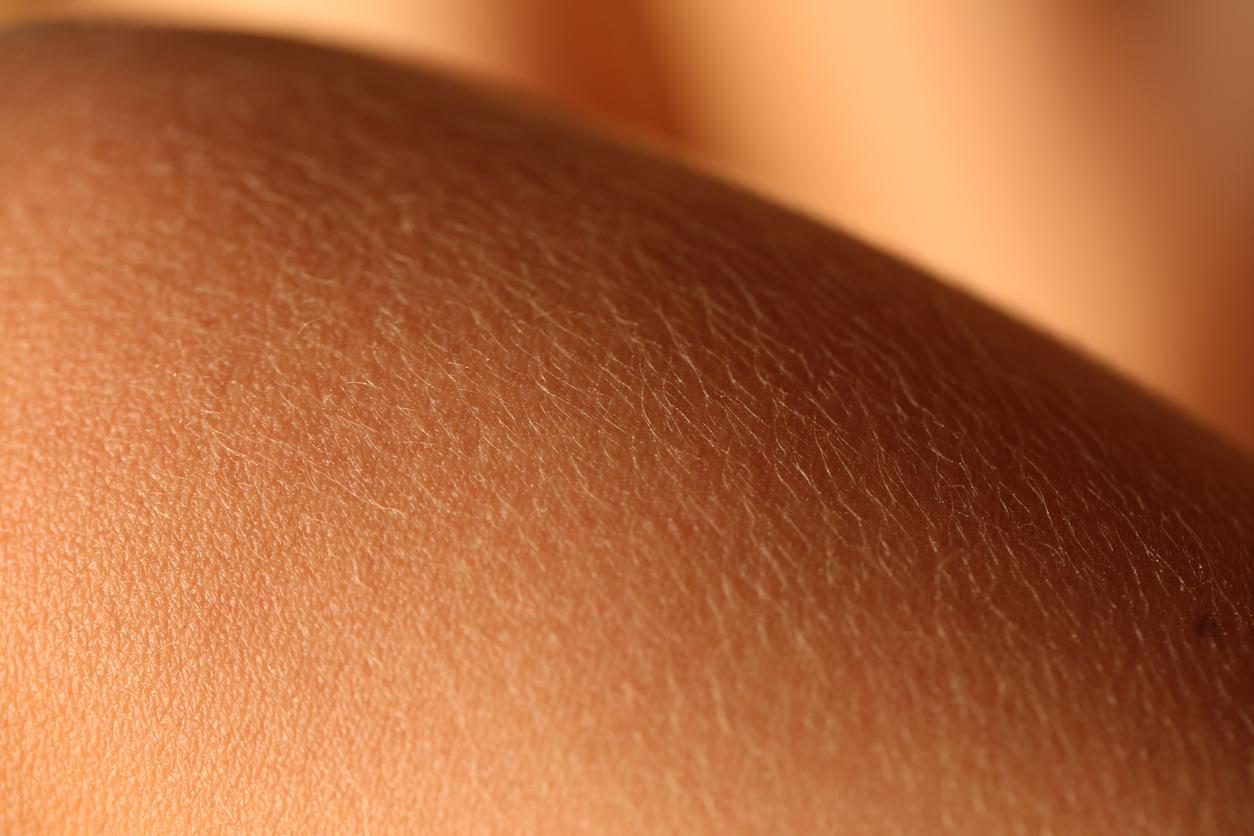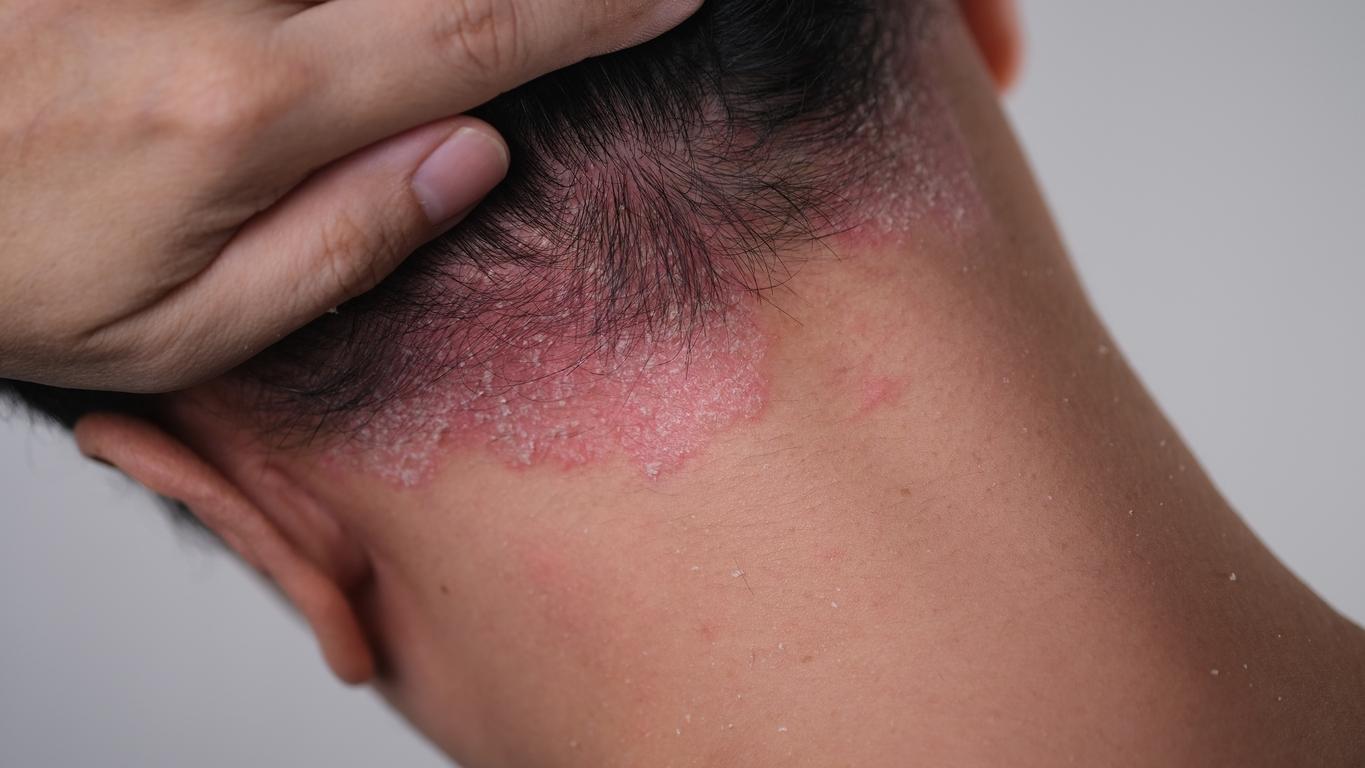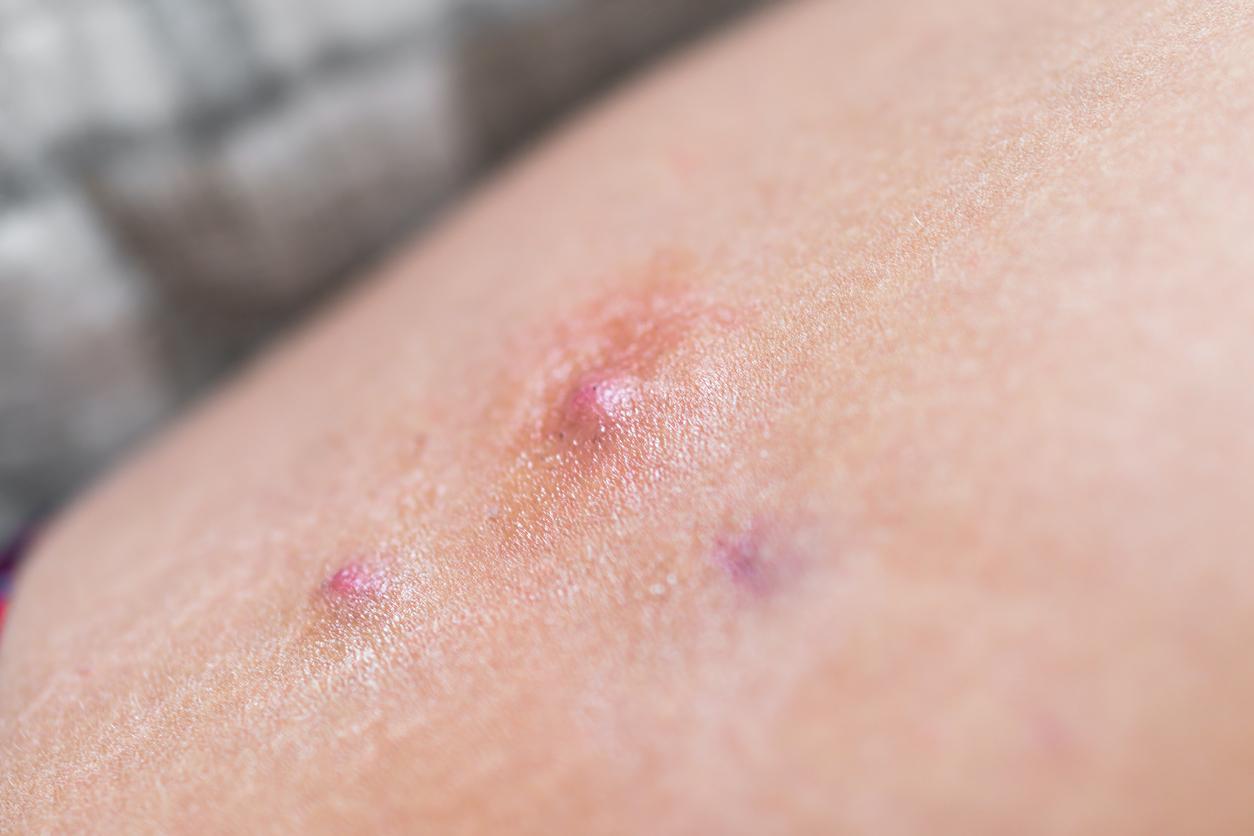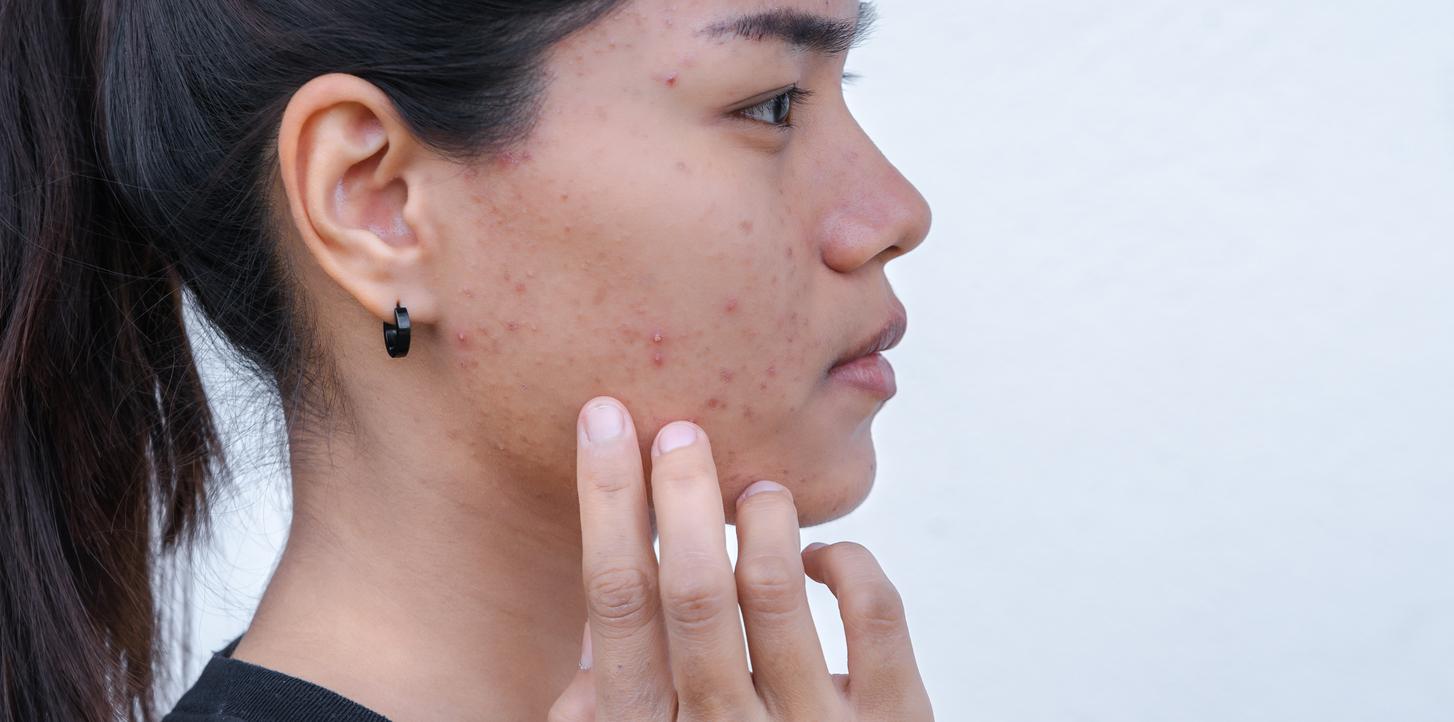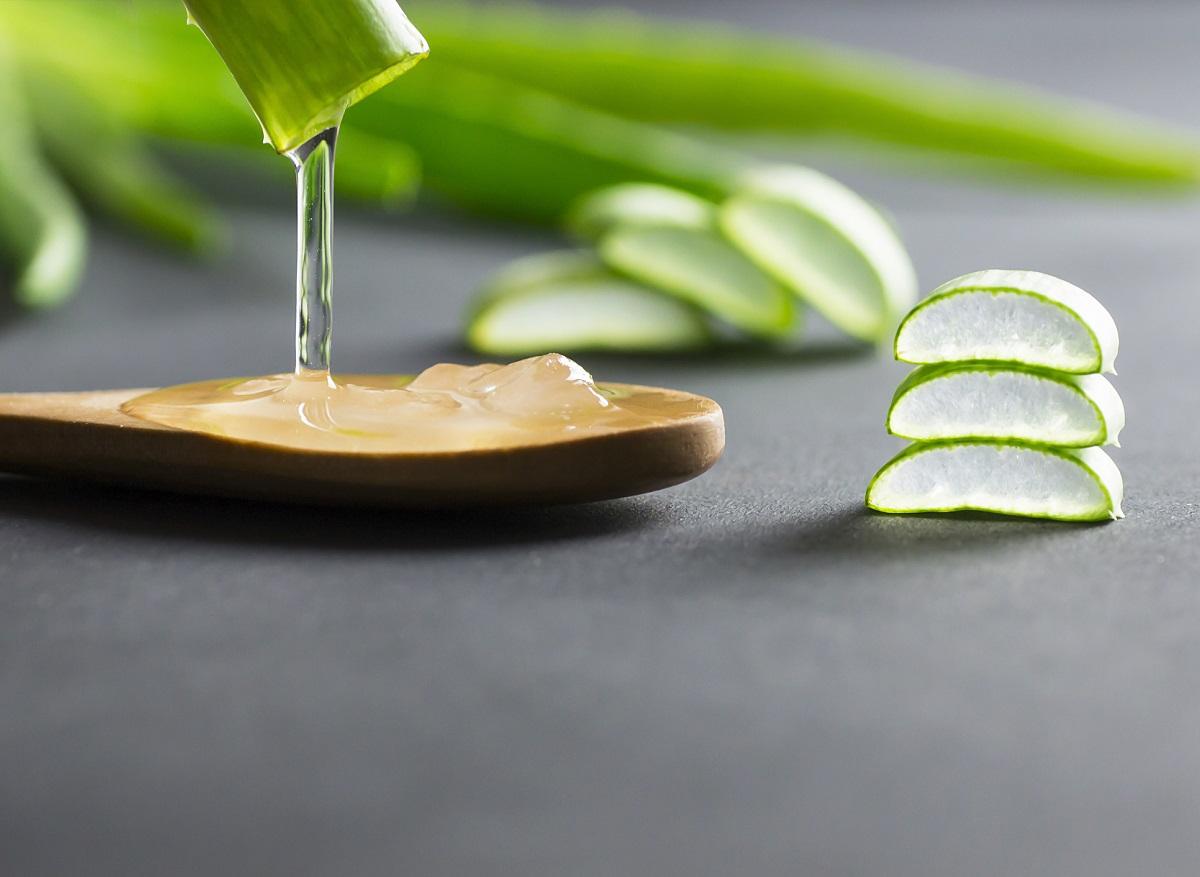
Choose the right care
A fresh complexion and radiant skin. We all want that. But there is no one way to achieve that. It just depends on the skin type what the best facial care is. We list the most important skin types and active ingredients.
Skin care products help to keep healthy skin healthy and give tired skin or skin with a reduced condition a nudge in the right direction.
Normal skin
‘Normal’ skin is the exception rather than the rule. But if the skin is normal, you don’t need more than a simple care product. You can recognize this skin type by the fine pores on the cheeks and the slightly larger pores on the forehead, nose and chin. There is just enough sebum to keep the skin soft and supple.
Normal skin care: choose a product that maintains the moisture content of the skin, and protects against harmful UV radiation, air pollution and drying weather influences. 25 years passed? Then choose a cream that contains ingredients against skin aging.
Dry skin
If the skin often feels tight and uncomfortable (especially after a bath or shower), there is a good chance that the skin is dry: low in fat and therefore low in moisture. The pores are barely visible and miniscule small. Dry skin suffers from a shortage of lipids (fats), because the sebaceous glands are less active. As a result, the skin is often sensitive and dehydrated. Sebum not only keeps the skin supple, it is also part of the natural protective layer of the skin. This protective layer prevents the evaporation of moisture from the skin.
Dry skin care: Dry skin requires intensive care with products that replenish the missing lipids and contain moisture-binding ingredients (such as hyaluronic acid). This eliminates the moisture deficiency. For this demanding skin type, using a day cream alone is not enough. A night cream keeps the skin nice and supple at night and is highly recommended for dry skin. Because dry skin quickly shows fine wrinkles, care products with anti-wrinkle ingredients are not an outrageous luxury.
Fat skin
This skin type is common in young people. During puberty, when hormones dominate mind and body, sebum production kicks in strongly. This often causes an abundance of sebum. This creates an oily skin that never feels dry or tight, but rather shines.
Oily skin care: the excess of sebum can clog the sebum outlets and cause blackheads and pimples. A good cleaning is important for every skin type, but it can really improve oily skin. Wash the face twice a day with a mild, low-fat and skin-purifying product such as a face wash or wash gel. Then use a low-fat, moisturizing (hydrating) product, which counteracts the shine of the skin.
Combined skin
This is in fact a ‘normal’ skin, but the forehead, nose and chin show larger pores and are therefore somewhat oily.
Combination skin care: a moisturizing, protective product for the day, possibly supplemented with a nourishing night cream. If the skin shows the first signs of aging: choose a care with ingredients that slow down the aging process.
Sensitive skin
Sensitive skin is actually not a skin type. The skin may be oily or dry and yet become sensitive. However, dry skin is more sensitive than oily skin. Because the protective layer is damaged, the skin dries out and feels irritated and becomes more sensitive to all kinds of things. For weather influences, for example, but also for ingredients in cosmetics.
Care of sensitive skin: sensitive skin requires a ‘gentle’ approach and therefore mild care products tailored to this skin type. Because certain fragrances and dyes in cosmetic products can irritate the skin, they are omitted or adapted in products for sensitive skin. These types of products can often be recognized by the words ‘hypo-allergenic’ or ‘dermatologically tested’ or ‘without perfume’. But even if it says so on the packaging, the skin can still react hypersensitively to it.









